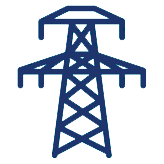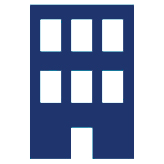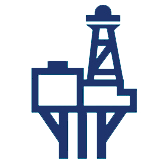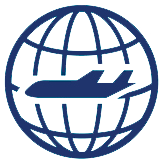Review and Improve: Facilities & Asset Management in the post-pandemic airport industry
For much of the past year, airports have been very quiet. Airline travel dropped by approx. 60% in early 2021 due to the Covid-19 pandemic. With vaccines rolling out around the world, travel industry professionals and consumers alike are hoping that international travel will soon be returning to something like it was before — but are airports ready to meet the demand when it does?
Keeping one eye on the future is the only way that airports will be ready to make the most of travellers returning to the skies. One smart way airports can prepare in advance is by reviewing the use and potentially upgrading their facilities (CAFM) and asset management (EAM) systems.
Although airports aren’t as busy as they normally are, assets, systems, facilities and equipment (such as baggage handling equipment, lifts, escalators, toilets, air con units) still need to be maintained as they are still being used, but just by fewer travellers.
The way your airport carries out asset management and maintenance therefore needs to be very smart. You may have to consider doing maintenance in a different way.
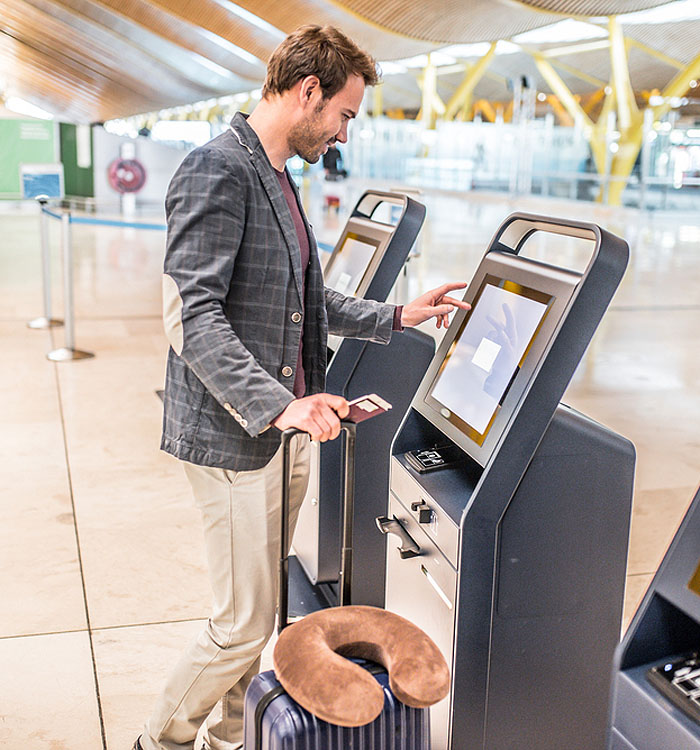

Improve efficiency and meet compliance standards
By having an effective asset management solution in place an airport can improve efficiency massively. Also, with the right software and applications, compliance standards can be met with minimal effort from employees.
What’s more, efficient asset management can also help to reduce the ground time for planes. If all maintenance needs are tracked and planned in advance, airport staff knows what needs to be done and when – for example, cleaning requirements and procedures, which have changed dramatically. They can work faster, and planes can return to the air sooner. Faster turnarounds means increased profitability.
Because of Covid-19, many things in airports have changed. Stricter hygiene standards will not be disappearing anytime soon. The processes of baggage handling have changed to reduce physical contact between people. Security checkpoints and devices have changed to now include temperature screening devices and, potentially, vaccine passports in the future. Transport, facilities, personnel, gear — all of these things need to now be upgraded and changed.
Managing asset expansion and proliferation in airports
Airports will have a wealth of new assets to track and consider. Where are the temperature screening devices? How often are they being calibrated? When was the hand sanitizer last changed? When was power in the electronic thermometers last checked?
The more electronic devices airports have, the more staff, they will need for new tasks, the more assets that need to be managed, the more complicated asset management becomes.
So it is important that you review your enterprise asset management strategy to make sure you are getting the most out of it, and making sure it is as cost effective as possible during these difficult times.
Review and improve asset management in airports
Airports need to keep their assets running, keep their customers safe and moving efficiently whilst maintaining all regulatory compliance. Despite there being reduced numbers of passengers in airports throughout 2021, airports should not compromise on any of these things. You can achieve this committed approach to asset management by optimising maintenance and making sure costs are kept under control.
You can review and make better use of what you already have by utilising an asset management system. Peacock Engineering are an experienced implementor of IBM Maximo, the market leading asset management software, widely used by the airport sector. Peacock Engineering frequently partner with ISO55000 Asset Management Consultants who are leading experts in asset strategy to deliver a complete solution asset management solution.
Managing asset expansion and proliferation in airports
Airports may be able to benefit from using new applications available in IBM Maximo® Application Suite, such as Maximo® Monitor, Maximo® Health and Maximo® Predict.
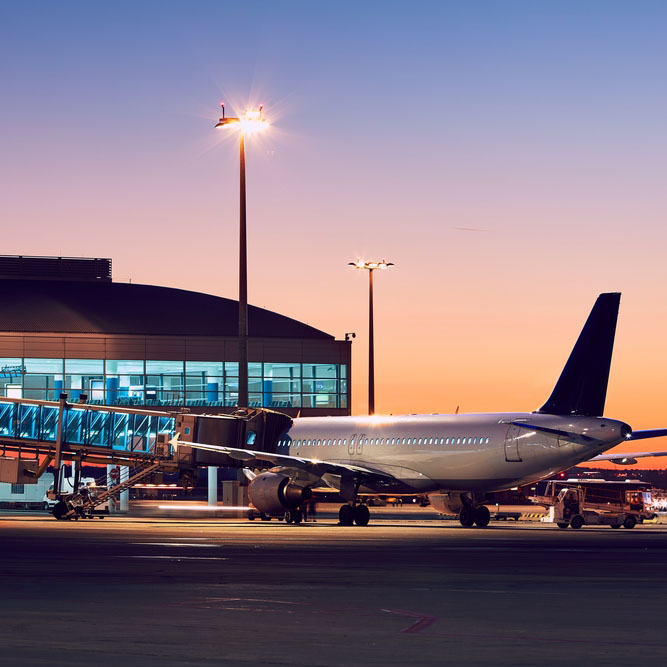
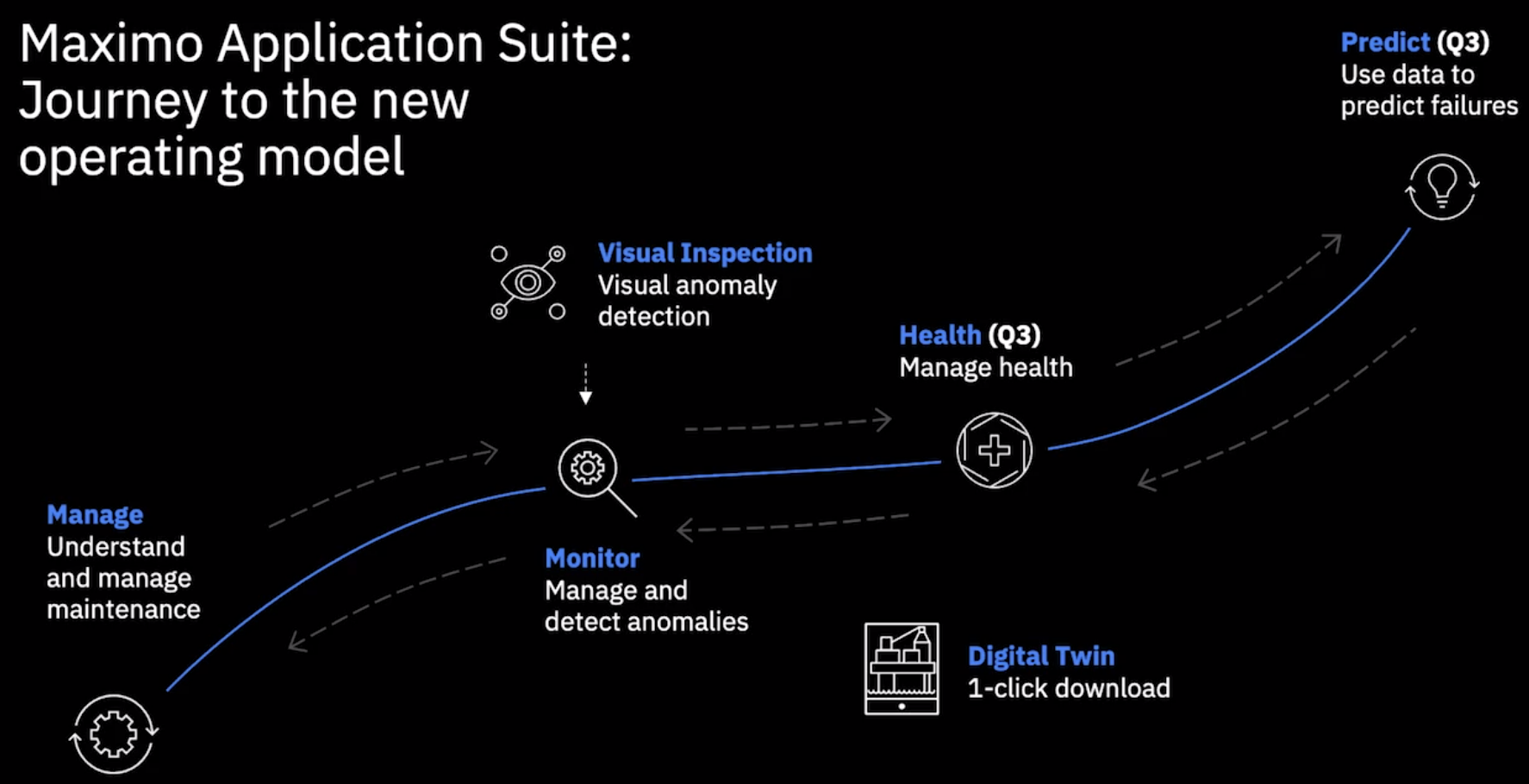
Maximo® Monitor can be used to monitor an asset condition using IOT sensors, then this data can be analysed by AI algorithms in Maximo® Heath and Maximo® Predict. This means that you can, in effect, “listen” to your assets and they can tell you when they might fail, predict their asset life expectancy, and how much the asset will cost to repair or replace.
Asset Management going forward should include several integral parts, exponentially increasing the efficiency and transparency of your operations.
- Sensors capture data, which are then housed in the cloud which then flow into Real Time Monitoring
- Real Time Monitoring allows your organization to transparently see what your assets are doing, and how they are performing 24/7. This flows right into the Predictive Failure Model
- Taking this data from sensors and RT monitoring, machine learning can develop a high grade of accuracy to predict failures and understand asset criticality, tying directly into Inventory optimization and supply chain needs.
The first step on this journey to Predictive Maintenance is to move to usage-based maintenance. For example, if your assets need to be regularly maintained, you can save time and money by monitoring them based on the number of people or number of times the asset is used (such as a lift) rather than the time that has elapsed.
This is valuable to an airport experiencing reduced footfall because it is pointless checking the asset every two weeks if it is only being used 30% as much, compared with when you first outlined your maintenance strategy.
However, it is worth bearing in mind that usage-based maintenance activities are generally not always productive because most asset failures are random. Whenever possible, maintenance teams should eliminate time-based maintenance and usage-based in favor of condition-based maintenance.
However, it is worth bearing in mind that usage-based maintenance activities are generally not always productive because most asset failures are random. Whenever possible, maintenance teams should eliminate time-based maintenance and usage-based in favor of condition-based maintenance.
Monitoring and understanding asset conditions which trigger specific maintenance tasks are most effective at preserving asset performance and extending asset life.
Understanding the current condition of an asset allows organisations to do predictive forecasting which supports reliability centered maintenance and supports financially optimized asset management.
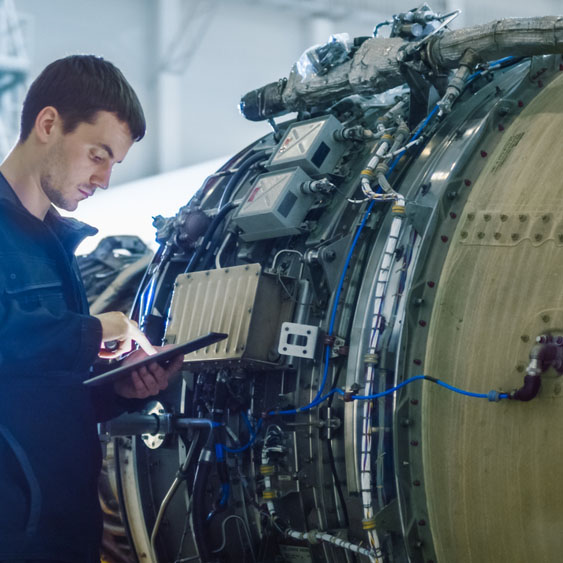
Maximo® Application Suite’s Visual Inspection tool can also be a hugely valuable tool in the airport industry. This tool allows cameras to be trained to look for anomalies in images and video streams.
Examples of this could include passengers and employees entering into restricted areas of the airport, in which case, you would be alerted to this happening. Another use could be to trigger alerts when luggage is in the wrong place, for example.
Run smarter and more efficiently than ever before
Research from McKinsey1 shows that agile companies have come out on top during the pandemic. Airports should, therefore, make the most of the unexpected quiet period by doing all they can to have their facilities and assets not just ready to return to business but ready to run smarter and more efficiently than before.
The nature of the aviation business means most airports have capital expenditures that they manage years in advance. An effective asset management solution can also supply value data to be used in an Asset Investment Planning Solution which will help to make the right decisions at the right time to realise maximum value from their asset base. These decisions will involve achieving the correct balance between the costs, risks and performance improvements of competing asset interventions ranging from asset monitoring and inspection regimes to maintenance, renewal, disposal or enhancement.
Travel is still quiet at the moment, so now is a smart time to invest in your asset management, if possible, before travel picks up and airports become busy once more.
Contact us now for more information or a demo of Maximo® Visual Inspection, MAS-8, or Maximo® 7.6.
Call us on +44(0)20 3356 9629 or use our contact form below.
Contact us now
